Mystery Seed
sam_md
12 years ago
Featured Answer
Comments (71)
sam_md
3 years agosam_md
3 years agoRelated Professionals
Canton Landscape Architects & Landscape Designers · Hershey Landscape Architects & Landscape Designers · Simi Valley Landscape Architects & Landscape Designers · Bowie Landscape Contractors · Lyndhurst Landscape Contractors · Parkland Landscape Contractors · Pine Hills Landscape Contractors · Roswell Landscape Contractors · Setauket-East Setauket Landscape Contractors · Dale City Siding & Exteriors · Hamden Siding & Exteriors · Manassas Siding & Exteriors · Chandler Decks, Patios & Outdoor Enclosures · Columbia Decks, Patios & Outdoor Enclosures · Grain Valley Decks, Patios & Outdoor Enclosuressam_md
3 years agosam_md
3 years agosam_md
3 years agodavidrt28 (zone 7)
3 years agolast modified: 3 years agodavidrt28 (zone 7)
3 years agolast modified: 3 years agobengz6westmd
3 years agogardengal48 (PNW Z8/9)
3 years agoarbordave (SE MI)
3 years agodavidrt28 (zone 7)
3 years agolast modified: 3 years agosam_md
3 years agodavidrt28 (zone 7)
3 years agolast modified: 3 years agodavidrt28 (zone 7)
3 years agosam_md
3 years agosam_md
3 years agodavidrt28 (zone 7)
3 years agolast modified: 3 years agosam_md
3 years agoDave in NoVA • N. Virginia • zone 7A
3 years agolast modified: 3 years agodavidrt28 (zone 7)
3 years agosam_md
3 years agolast modified: 3 years agodavidrt28 (zone 7)
3 years agolast modified: 3 years agostuartlawrence (7b L.I. NY)
2 years agolast modified: 2 years agodavidrt28 (zone 7)
2 years agolast modified: 2 years agostuartlawrence (7b L.I. NY)
2 years agostuartlawrence (7b L.I. NY)
2 years agosam_md
2 years agostuartlawrence (7b L.I. NY)
2 years agolast modified: 2 years agostuartlawrence (7b L.I. NY)
2 years agostuartlawrence (7b L.I. NY)
2 years agolast modified: 2 years agosam_md
2 years agodavidrt28 (zone 7)
2 years agostuartlawrence (7b L.I. NY)
2 years agodavidrt28 (zone 7)
2 years agostuartlawrence (7b L.I. NY)
2 years agoMax Hess
2 years agosam_md
2 years agodavidrt28 (zone 7)
2 years agolast modified: 2 years agoMax Hess
2 years agodavidrt28 (zone 7)
2 years agolast modified: 2 years agosam_md
2 years agolast modified: 2 years agostuartlawrence (7b L.I. NY)
2 years agolast modified: 2 years agostuartlawrence (7b L.I. NY)
2 years agosam_md
last yearlast modified: last yearbengz6westmd
last yearMax Hess
last yearMax Hess
last yearMax Hess
last yearMax Hess
last year
Related Stories
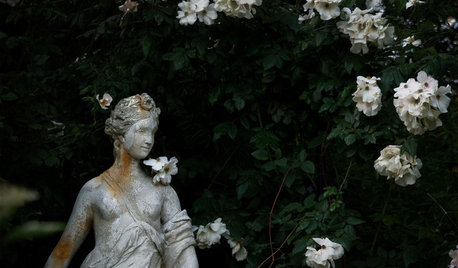
LANDSCAPE DESIGNGet the Mystery of a Gothic Garden for Yourself
Create an enchanting and tranquil scene with the stonework and wayward plantings of Gothic garden design
Full Story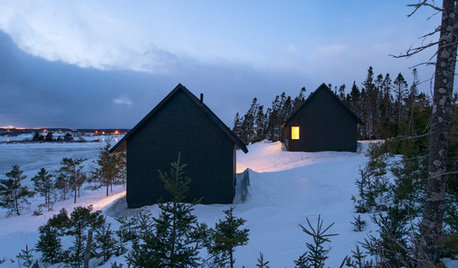
ARCHITECTUREDesign Workshop: A Recipe for Inspiration in the New Year
Attention to craft, humble materials, mystery and more will influence my architecture work in 2015
Full Story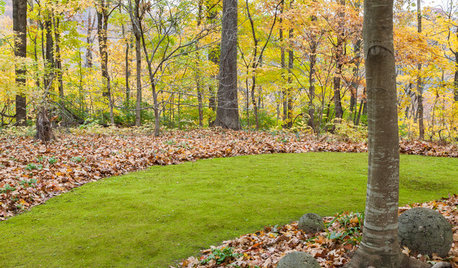
LANDSCAPE DESIGNMoss: Nature’s Carpet for the Garden
Learn how to grow and use this ancient and mysterious natural wonder for delightful texture in the landscape
Full Story
LANDSCAPE DESIGNFind Yourself in an Epic Garden in the Shade
Feeling hot and tired gardening in the sun? The world of shade gardening beckons you to its cool mystery
Full Story
MOST POPULARSummer Crops: How to Grow Sunflowers
Savor snack-tastic sunflower seeds once the radiant blooms have faded — if the birds have saved you any, that is
Full Story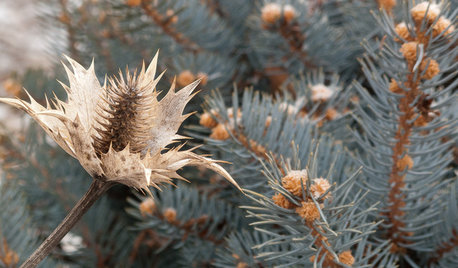
WINTER GARDENINGInspiring Winter Scenes From the Denver Botanic Gardens
Use seed heads, bare branches and grasses to design lovely garden displays when the ground is frozen
Full Story
WINTER GARDENING10 Native Wildflowers to Beautify Your Winter Garden
They stand strong in wind, feed wildlife and are easy to grow. But you may want to add these plants for their looks alone
Full Story
LIFEYou Said It: ‘Put It Back’ If It Won’t Help Your House, and More Wisdom
Highlights from the week include stopping clutter from getting past the door, fall planting ideas and a grandfather’s gift of love
Full Story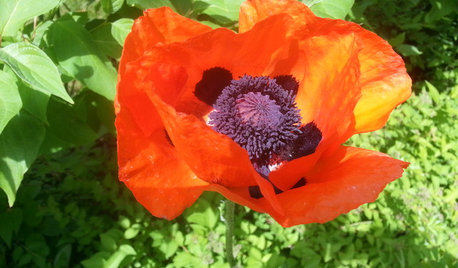
GARDENING GUIDESBeautiful Flowers and Foliage From Dedicated Backyard Gardeners
From lawn daisies to topiaries, Houzz users share their backyard beauties
Full Story
DECORATING GUIDESSo Your Style Is: Curiosity-Cabinet Chic
Create an uncommon mood that whispers of adventure by showing off your treasures in an intriguing way
Full StoryMore Discussions






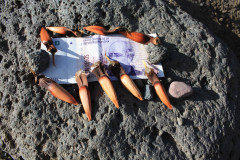
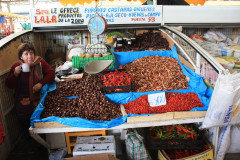
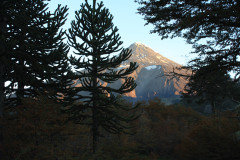

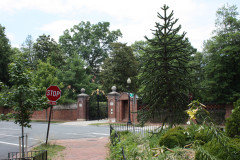



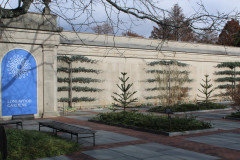


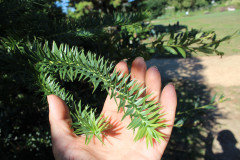
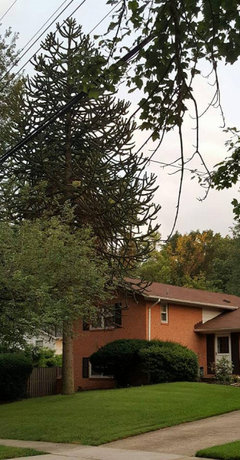

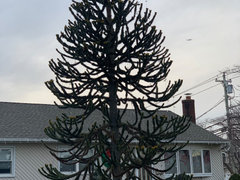



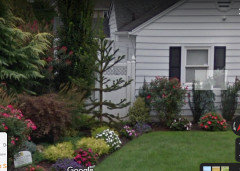



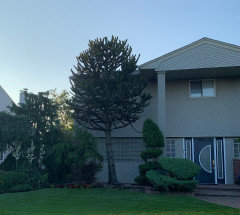

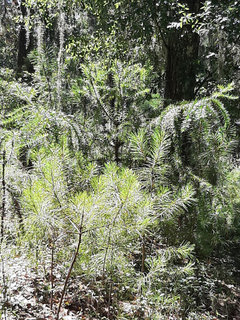
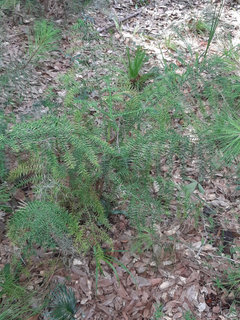



sam_mdOriginal Author